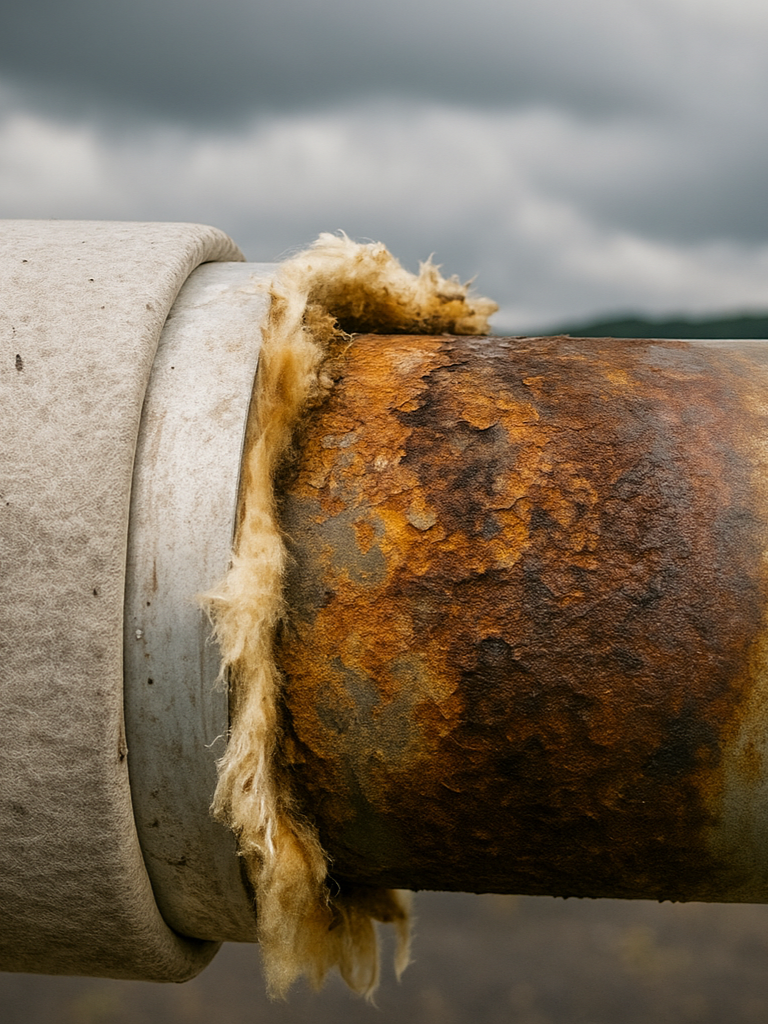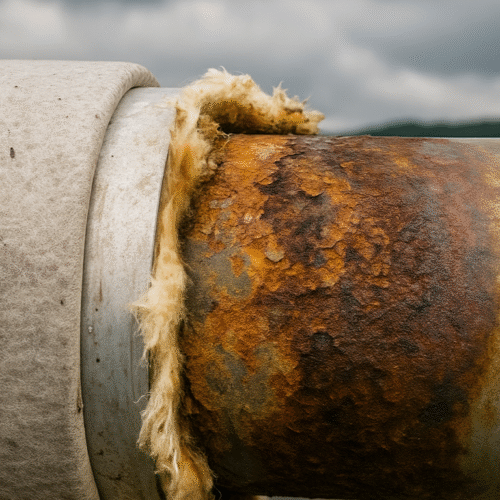Corrosion Under Insulation (CUI) continues to pose a significant challenge in the oil, gas, and petrochemical industries, contributing to 40–60% of pipeline maintenance costs and 10% of total maintenance budgets. The phenomenon occurs when moisture penetrates insulation, forming an electrochemical corrosion cell. Several critical factors influence CUI, including temperature ranges that heighten risk for carbon steel (50–175°C) and stainless steel (due to chloride-induced stress corrosion cracking). The type of insulation material also plays a role, with hygroscopic materials like mineral wool trapping moisture and leaching corrosive ions such as chloride and sulfate. Design flaws, such as poorly sealed joints or low points, can accelerate water ingress, while coastal or industrial environments exacerbate the issue due to salt and pollutants.
Effective mitigation strategies involve the use of advanced coatings like Thermal Spray Aluminum (TSA), which acts as a sacrificial anode and can last 25–30 years, even at high temperatures up to 500°C. Organic coatings such as epoxy phenolics are suitable for low-to-moderate temperature ranges. Insulation materials should be hydrophobic, such as aerogels, to minimize water retention. Design improvements include avoiding water traps, using stand-off insulation to promote drying, and implementing weatherproofing jackets like aluminum cladding.
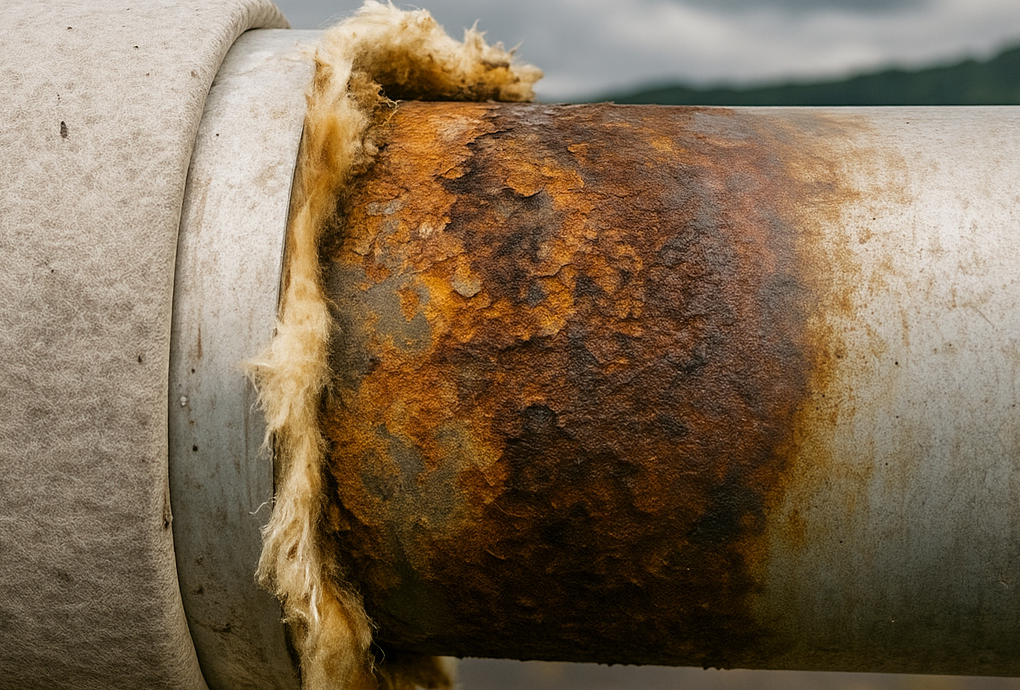
Recent research has combined field testing in harsh environments like the Newfoundland coast with laboratory simulations following ASTM G189-07 standards and AI-driven modeling to predict CUI rates more accurately. Fuzzy logic models have proven effective in forecasting corrosion rates by analyzing variables like temperature, chloride content, and Time-of-Wetness (TOW). Statistical methods, including the Kruskal-Wallis test, have confirmed operational temperature as the dominant factor influencing CUI, with a statistically significant p-value below 0.05. Emerging technologies such as IoT-enabled smart sensors and machine learning algorithms are enhancing real-time monitoring and predictive analytics, leveraging historical inspection data for better decision-making. Additionally, efforts are underway to standardize CUI assessment protocols, including enhancements to API 581.
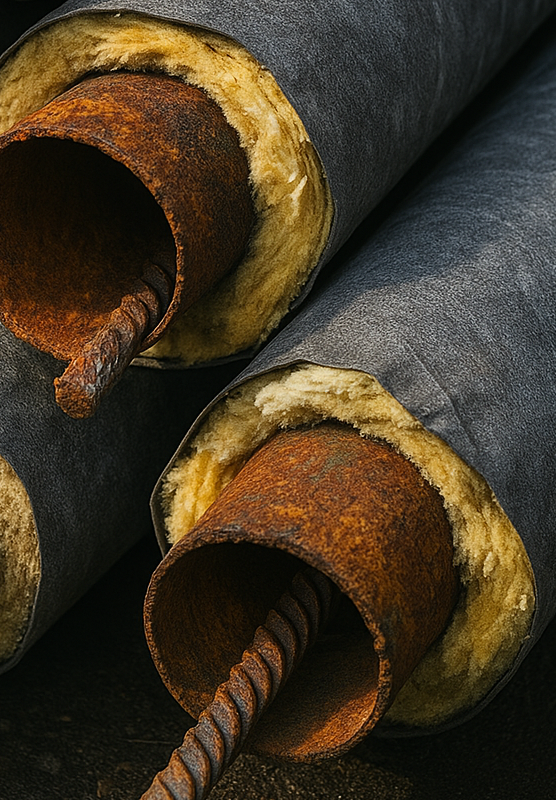
To manage CUI effectively, operators should prioritize high-risk areas such as pipe supports, flanges, and low sections. A dual-defense approach combining TSA coatings with hydrophobic insulation is recommended for optimal protection. Non-destructive testing (NDT) methods, including pulsed eddy current and microwave scanning, provide non-intrusive inspection capabilities. As noted by an API 581 Lead Analyst, proactive CUI management can reduce maintenance costs by up to 30% and extend asset life by decades, underscoring the importance of adopting these strategies.
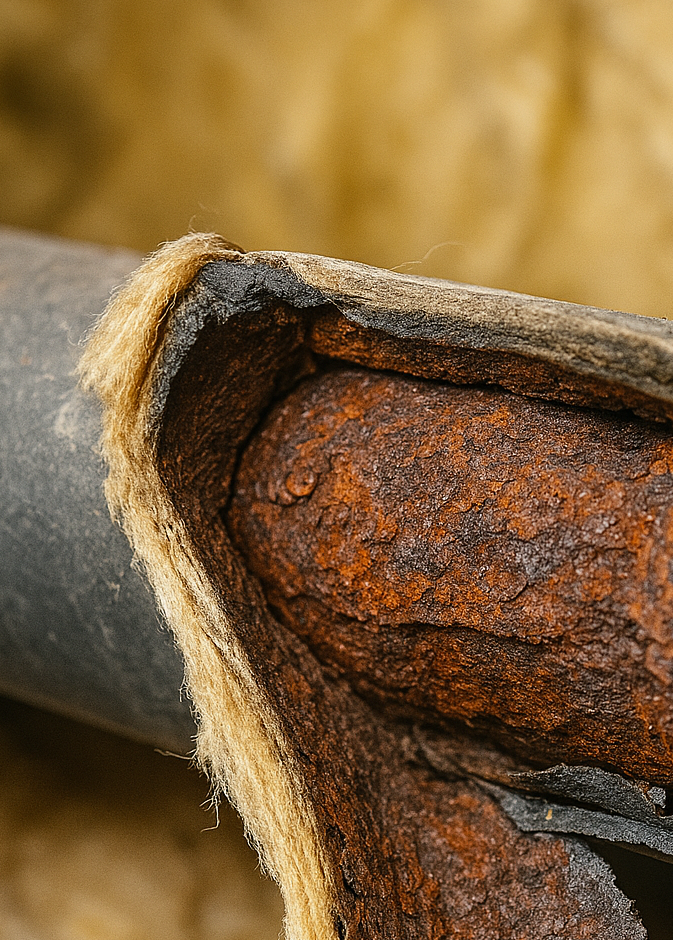
jacketed insulation provides multiple protective benefits that address the root causes of corrosion under insulation. The primary advantage of jacketed insulation is its weatherproofing capability, which prevents direct water ingress from rain, snow, or ambient humidity. By acting as a physical barrier, it significantly reduces the risk of moisture penetration, a key factor in CUI development. Additionally, the mechanical protection offered by jacketing materials helps shield the underlying insulation from physical damage that could otherwise expose the pipe surface to corrosive elements.
Another critical benefit is its function as a vapor barrier, minimizing condensation and moisture accumulation beneath the insulation layer. This is particularly important in fluctuating temperature environments where cyclic heating and cooling can promote water retention. By maintaining a dry environment, jacketed insulation helps preserve thermal efficiency, preventing the degradation of insulation materials that can occur when they become saturated.
Durability is another key advantage, as metal jacketing resists UV radiation, chemical exposure, and extreme temperatures more effectively than non-jacketed systems. This ensures long-term performance even in harsh operating conditions. Finally, the use of metal jacketing facilitates easier inspection and maintenance, as it allows for visual checks and non-destructive testing (NDT) without extensive insulation removal.
| Mitigation Method | Advantages | Limitations | Best Use Case |
|---|---|---|---|
| Thermal Spray Aluminum (TSA) | Long lifespan (25–30 yrs), sacrificial protection, high-temp resistance (up to 500°C) | High initial cost, requires skilled application | High-temperature pipelines, offshore environments |
| Epoxy Phenolic Coatings | Effective for low-moderate temps, chemical resistance | Degrades above 150°C, requires proper surface prep | Low-temp pipelines, chemical processing |
| Hydrophobic Insulation (Aerogels) | Reduces water retention, lightweight, high thermal efficiency | Expensive, may require additional jacketing | Critical pipelines in humid environments |
| Jacketed Insulation (Aluminum/SS) | Blocks moisture, durable, easy to inspect | Can corrode if damaged, requires proper sealing | Outdoor piping, coastal/industrial zones |
| Stand-off Insulation | Promotes air circulation, reduces moisture trapping | Higher installation complexity | High-risk CUI zones (supports, flanges) |
| IoT Sensors & AI Monitoring | Real-time corrosion tracking, predictive maintenance | High implementation cost, data management needed | Large-scale facilities, smart plants |

